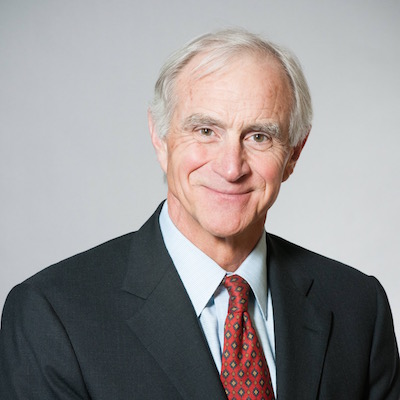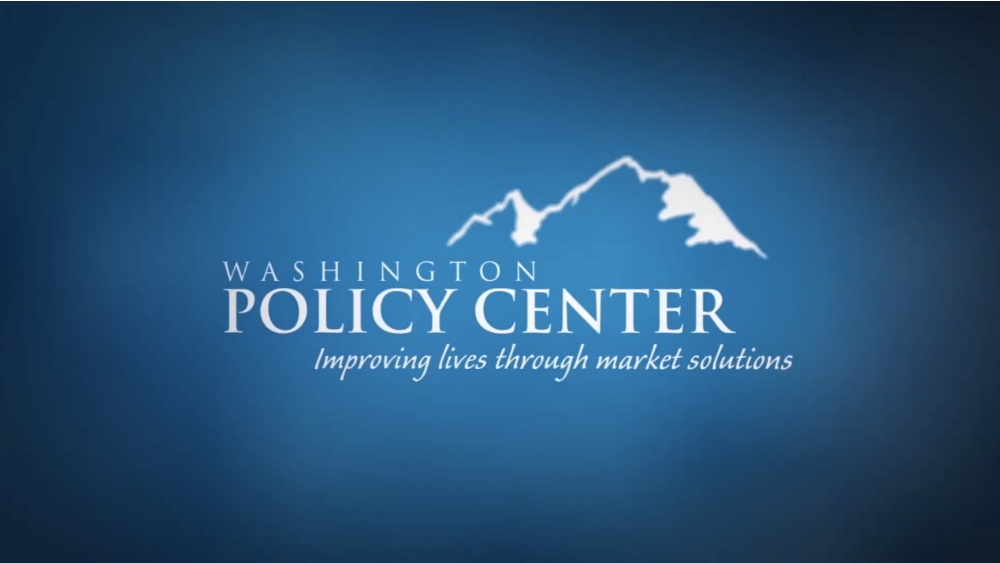The Trump Administration recently proposed a change in how doctors are paid by Medicare. (here)
Medicare began in 1965 as part of President Johnson’s Great Society. (here) By 1970, private insurance (except for co-pays and deductibles) for seniors 65 years of age and older was gone. It is impossible to compete with the government. Seniors have no choice but to sign-up for government health insurance or pay for all health expenses out-of-pocket.
The cost of Medicare has relentlessly skyrocketed, especially with the retirement of the Baby Boomer generation. Starting in the 1980s the government set limits on doctor payments in the program for both office visits and specialty care.
Most recently Medicare has paid doctors for office visits on a five level plan, depending on complexity of the patient and whether the visit is new or a return. Physicians are currently paid $76 for a Level 2 patient visit and $211 for a complex Level 5 visit. A return visit pays $45 for a Level 2 and $148 for a Level 5.
The government has also demanded extensive, time-consuming documentation of the specifics of the patient visit. Many doctors have abandoned Medicare because of the paper work and regulatory burden.
The Trump Administration’s proposal is to simplify the documentation process and essentially combine all levels of care. A new patient visit would pay the doctor $135 and a return visit would pay $93. This may or may not reduce the extensive paper work, but essentially government bureaucrats are picking financial winners and losers. Doctors in specialties that treat a higher percent of complex patients, such as oncology and rheumatology, will see their reimbursements go down. Physicians that treat less complex and more routine health problems will potentially see their payments go up.
Patients with multiple health problems require longer visits and doctors should be paid commensurate with the time they spend with a patient. We can applaud less government regulatory paper work, but an unintended consequence of the administration’s action is to make specialties with more complex patients less attractive to medical students. Fewer specialists equates to longer wait times and less access to care for seniors.
The government created the problem in the first place by forcing seniors into Medicare. There is virtually complete agreement that the program is not financially sustainable in its present form. We now have an entire generation of people who has grown up with Medicare, has paid into it, and now expects full medical services in return. We also have people in younger generations who understand the bankrupt nature of the program and do not believe Medicare will still exist when they reach age 65.
A fair and workable solution to the Medicare problem must account for the reasonable expectations of both of these generations, as well as provide reliable health coverage for future generations. As a country, we have a moral obligation to seniors already enrolled in the program and to those approaching retirement age. Instead of simply decreasing doctor payments, a comprehensive plan is needed to salvage Medicare.
A simple first step to Medicare reform would be to gradually raise the age of eligibility. When the program started in 1965, the average life expectancy in the U.S. was 67 years for men and 74 years for women. Average life expectancy is now up to 76 years for men and 81 years for women, straining an entitlement program that was not designed to provide health services to people for so many years late in life.
Another simple Medicare reform would be more thorough means-testing, not just in Part B. Wealthier seniors would pay more and low-income people would pay less.
As it stands now, there is, understandably, no private insurance market for seniors. Any private market was crowded out long ago by Medicare. It is virtually impossible to compete with the government, which has monopoly power and an unlimited ability to fix prices and lose money while any potential competitors go out of business.
The private market for the elderly could be resurrected by allowing people to opt out of Medicare voluntarily and allowing those seniors to purchase health savings accounts and catastrophic health insurance plans. Low-income seniors could use vouchers or some type of subsidized premium support that would allow them to purchase health insurance in the private market.
Physicians should be allowed to seek partial payments from patients or their insurance companies, which by law, they cannot do now unless they leave the Medicare program entirely.
Future generations should be allowed to continue the individual health insurance they want to keep into retirement. Not surprisingly, younger people as a group are healthier than older people, so as the younger generation saves, their health insurance nest egg would build until they need it in their later years. This is the same strategy that millions of individuals and families use today to prepare for retirement.
More government intervention can control costs, but only by rationing health care services people may receive. Countries with socialized medicine use patient waiting lists to ration health care. This approach would not be acceptable in the United States. Instead, to increase choice, maintain or improve quality, and control costs, seniors must be allowed to control their own health care dollars and make their own health care decisions. This patient-centered approach is the only practical and moral way to make the Medicare program financially viable over the long term.





